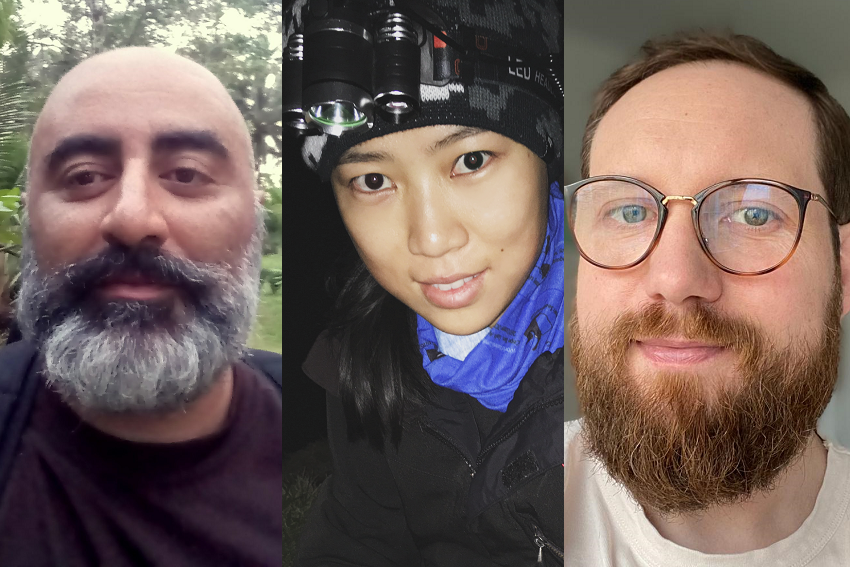Ancient fish bones reveal lost habitats

In a world first, AUT scientists have combined satellite tracking algorithms and the chemical analysis of ancient fish bones to discover how 600 years ago snapper thrived in the Hauraki Gulf with abundant nurseries just offshore.
Drs Armagan Sabetian, Jingjing Zhang, and Julian Lilkendey obtained the snapper bones from archaeological excavations of 600-year-old Māori middens (rubbish dumps) in Omaha and Long Bay, Auckland. They profiled the chemical structure of otoliths (inner ear bones) and compared them with modern samples.
In a paper published in the journal Ecological Indicators, the marine scientists explain that otoliths, unlike other bones or teeth, continue to grow daily throughout the fish’s life, and minerals and elements from seawater and diet are deposited in the bone leaving a chronological record. These deposits provide clues as to the fish’s movements between different habitats.
Dr Lilkendey’s insistence on not going with the status quo of otolith micro-chemistry analysis prompted Dr Zhang, who had used satellite tracking to study the movement patterns of penguins, to suggest the idea of applying the same technology to the chemical traces found in the snapper bones. This novel approach revealed that six hundred years ago the Hauraki Gulf’s nearshore habitat was pristine and conducive to nursery environments for newly hatched snapper, says research lead Dr Sabetian. However, increasing human populations and subsequent forest clearance and coastal activities have caused momentous change to the nearshore ecosystems of the gulf. This, along with fishing pressure, has led to a significant reduction of critical nursery habitats and the depletion of snapper numbers in the Hauraki Gulf today.
Therefore, snapper conservation should focus on management of these habitats as well as on reducing the number of snapper fished in the gulf.
“Nursery habitats are critical environments for juvenile snapper, the destruction of which will have long lasting negative effects on their health and abundance”, Dr Sabetian says.